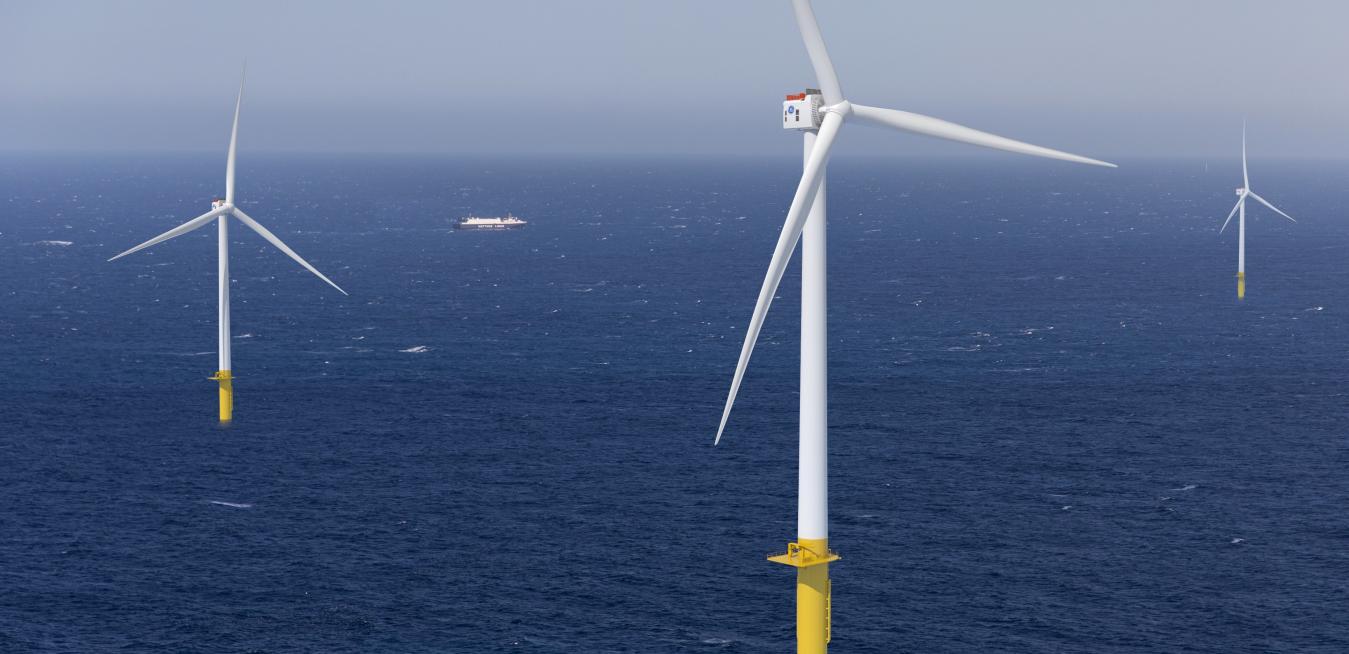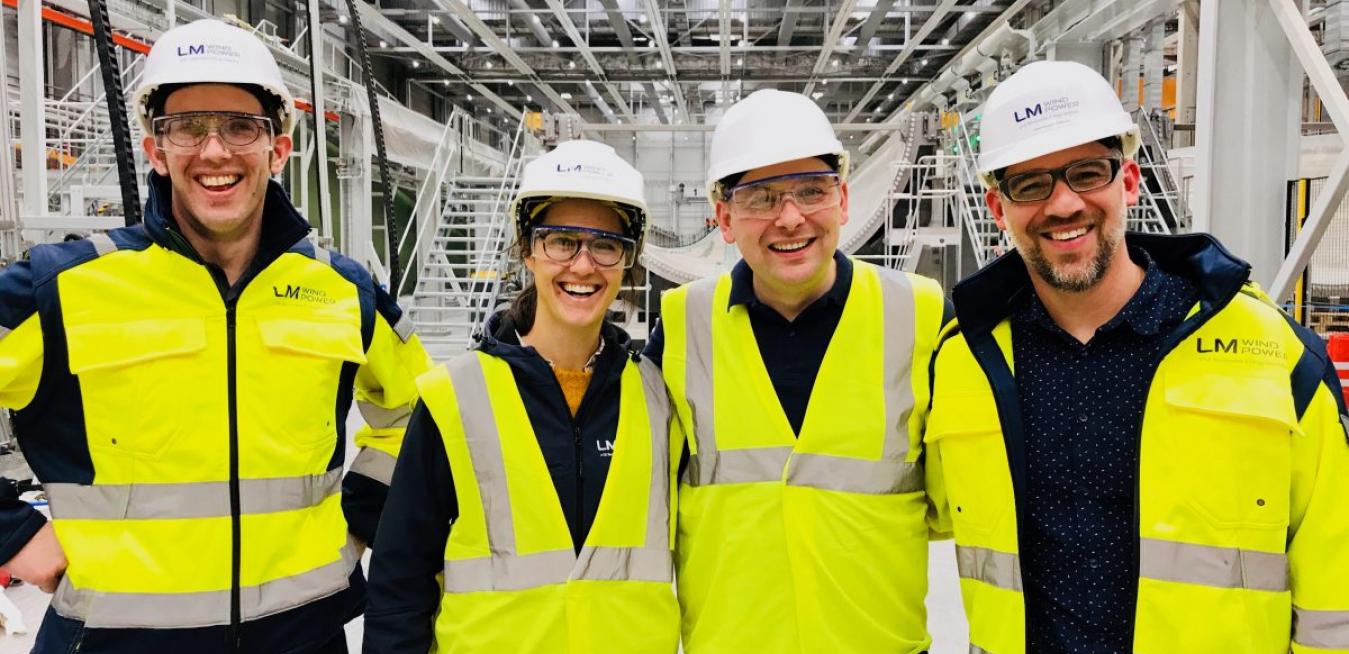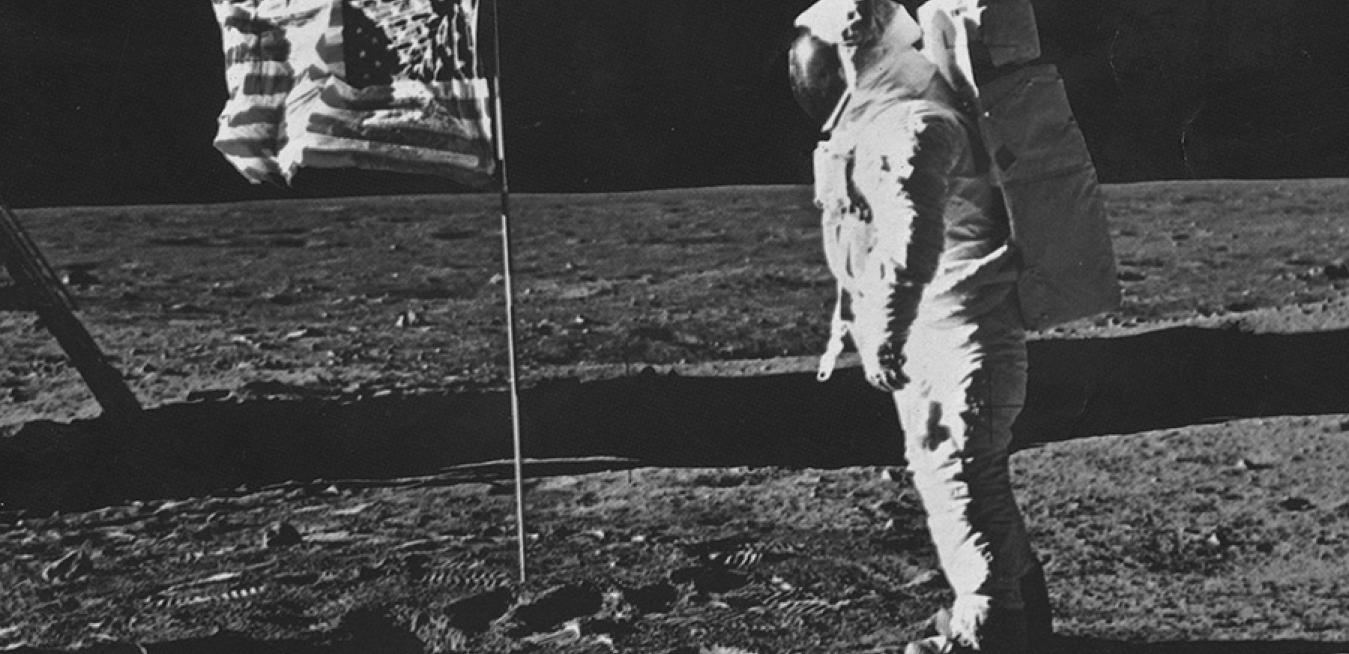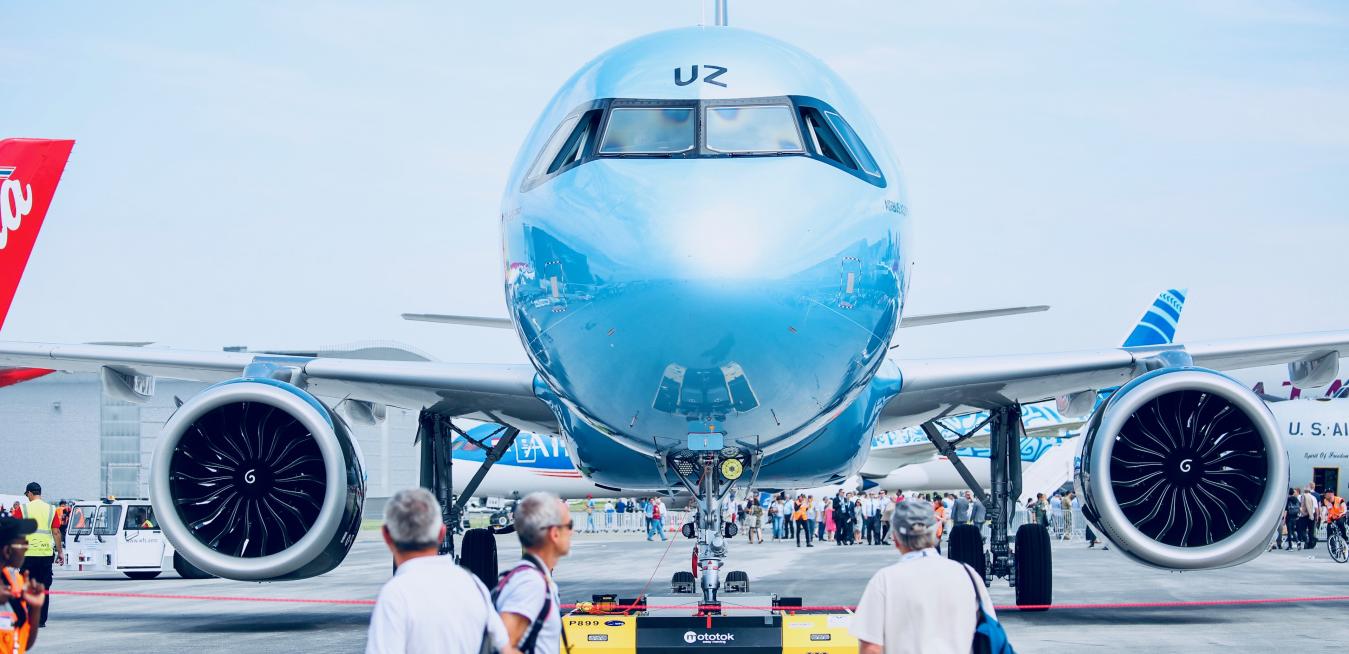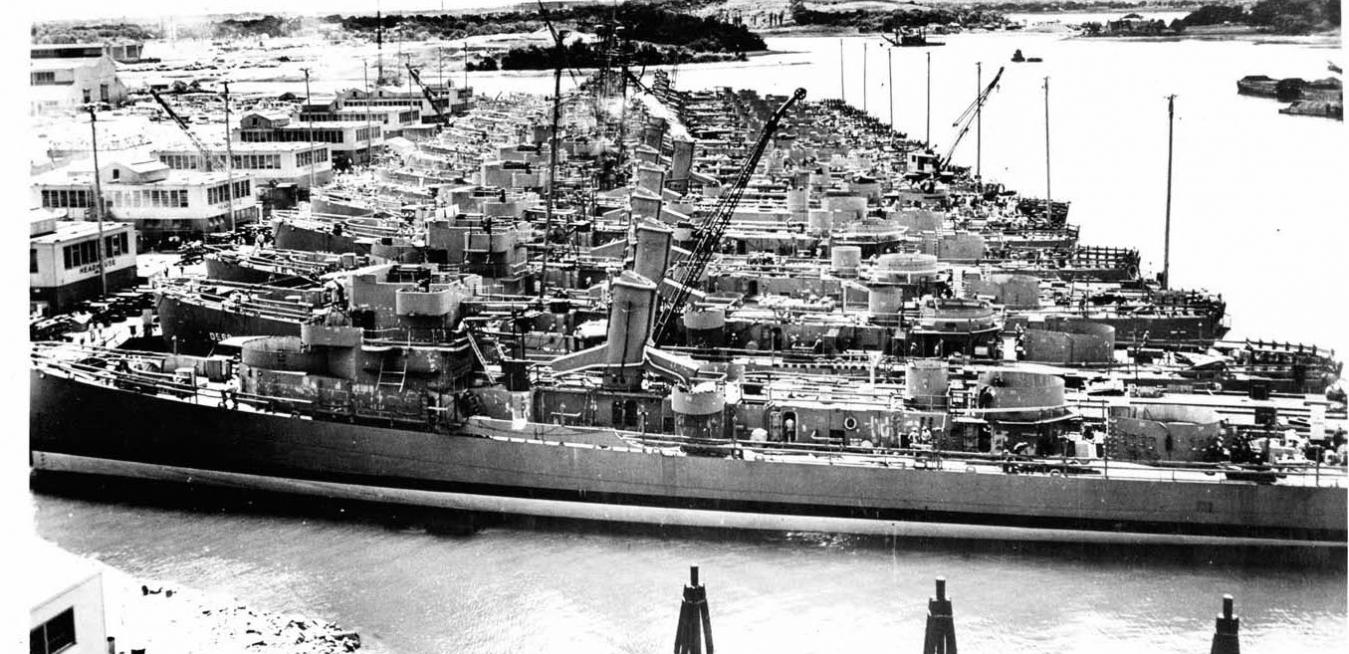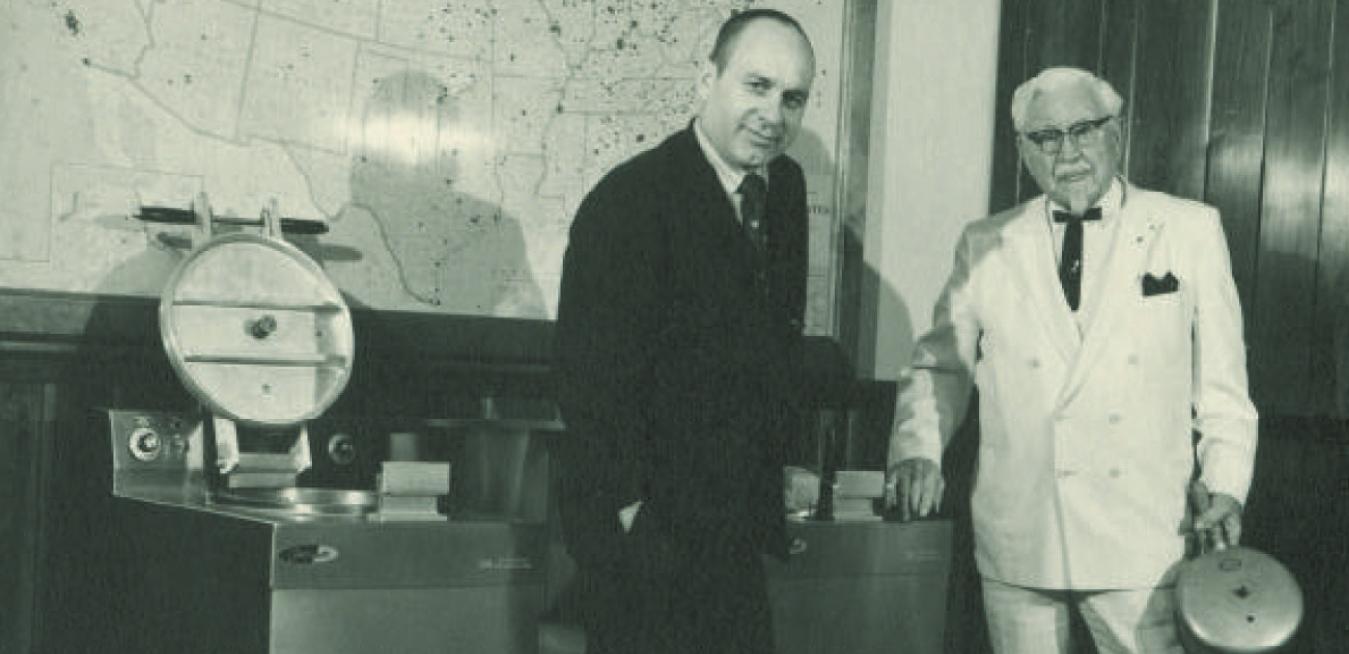GE reported a 7% increase in Industrial segment organic revenue* to $21.5 billion in the third quarter of 2019 and expanded its adjusted industrial profit margin* by 150 basis points to 10.0%. The company reported Industrial free cash flow* of $650 million and adjusted earnings per share* of $0.15 in the quarter.
Categories
tags
Following the D-Day invasion, few prizes were as valuable to the advancing Allies as Cherbourg, a large French deep-water port located just northwest of the Utah and Omaha landing beaches in Normandy. Commissioned by France’s last king, Louis XVI, championed by Napoleon and occupied by Nazi Germany during World War II, the port was key to opening a direct shipping route for supplies from the U.S. The Germans garrisoned there knew it well — and put up a fierce fight.
Fifty years ago this month, Apollo 11 astronauts Neil Armstrong, Buzz Aldrin and Michael Collins were sitting inside an aluminum can roughly the size and shape of a New York City water tower, zipping at 24,000 miles per hour to the moon. On July 20, 1969, after covering more than 240,000 miles, Armstrong and Aldrin took control of the landing module attached to the spacecraft’s nose, took off for a landing site in the Sea of Tranquility some 60 miles below them on the lunar surface, and became the first humans to walk on the surface of the moon.
If you read these pages frequently, you know that GE engineers have designed some mind-blowing machines, like the GE9X jet engine whose front end is larger than the diameter of a Boeing 737, or the Haliade-X wind turbine which measures 260 meters from heel to blade tips and has the capacity to power 12,000 European homes. Along the way, they have also managed to stake a claim to a series of power, speed and durability records.
La Compagnie’s new Airbus A321neo jet isn’t a large plane as passenger jets go — it fits 76 reclining seats in its all-business class configuration — but when it arrived at the Paris Air Show on Tuesday, it heralded big changes in the industry.
The defeat of the Nazi terror that had taken hold of Europe started with women like Marie Kappa, a government inspector based at a GE factory in Erie, Ohio, who inspected GE-produced military equipment. Her efforts carried on through the supply chain all the way to Pvt. Grant Crego, a 19-year-old who landed on the beach at Normandy in 1944, less than a year removed from resigning his job at GE’s Schenectady, New York, plant to enlist in the war effort.
As a small boy in the 1920s, Winston Shelton spent much of his time fashioning whimsical contraptions, like an underwater exploration helmet, from junk collected at his father’s West Virginia gas station. When he wasn’t tinkering, the boy worked alongside his mother at the roadhouse diner she ran next door. Little did his parents realize they had created the perfect laboratory to mold their son’s career.






